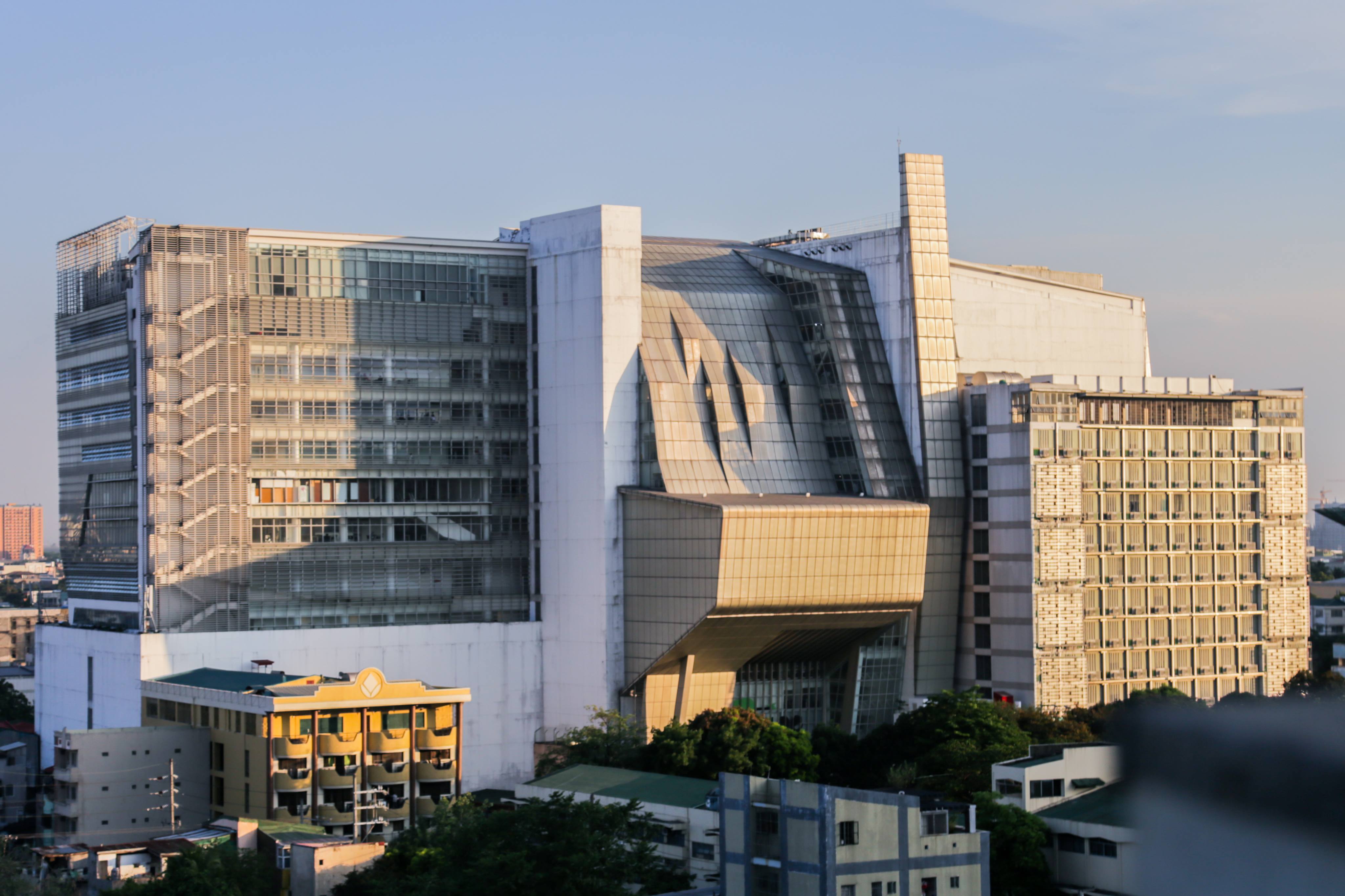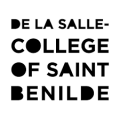
In a few more years, worsening climate conditions will have an irreversible effect on every aspect of our society. Global greenhouse gas emission rate is one of the measure of the impact of an industry or sector to climate change. It is said that one third of the total annual global emissions come from the building industry. The cement sector alone accounts for 5% of global man-made emissions.
Embodied energy of materials is also one of the factors being monitored in identifying the effects of a material to the environment. “Embodied energy is the energy consumed by all of the processes associated with the production of a building, from the mining and processing of natural resources to manufacturing, transport and product delivery.” Lessening the embodied energy of materials used in construction will help in lessening the impact of the building industry to the environment. It is our duty as key players in the building industry to develop new industry standards in lowering our impact to the environment.
Using locally sourced and produced materials can reduce the embodied energy used in the local building industry. One such material is Bamboo. Bamboo is a renewable building material readily available locally. Properly propagated, sourced, and treated bamboo is as robust as modern construction materials. The main problem bamboo architecture faces is the skill required to build proper connections and joints.
How can these be addressed by advanced architecture?
GSS 2019 Manila Node participants will be able to explore advanced design and fabrication techniques, through parametric software and digital fabrication tools. The program will tackle the challenges in designing complex structures and how parametric software can help rationalize the construction process. Students will be able to design their own pavilion using bamboo and digitally fabricated bamboo connectors.
The final output is a large scale parametrically designed pavilion that bridges the gap between designing and building with bamboo.
IAAC Global Summer School is a full-time two weeks course, 1-14 July 2019, that provides both practical and theoretical knowledge. The program is led by expert tutors, combined with lectures by renowned professionals and academics relevant to the topics to be treated during the course. These will be broadcasted in the different node-cities, all globally connected. Participants will join a global agenda and an international laboratory at their disposal to test their design hypothesis, understanding how design conclusions derived locally can be tested and evolved globally in the different cities where other teams reside.

see more

see more

see more

The onset of software development such as Grasshopper for Rhino and Dynamo for Revit has orchestrated a shift towards computational design. The involvement of computational strategies in the design process proposes a plethora of opportunities and the freedom to create. The model becomes responsive to changes in user-determined variables enabling more complex geometries to be produced.
The crux of this kind of digital process, however, is the perceived difficulties during the fabrication stage, especially the feasibility of the projected output. If computational software can help in streamlining the design process by the ease of manipulating parameters to influence design, can this same parametrization logic be carried over to the construction stage? How can we bridge design between the digital realm and the physical world?
We can look at two opposite spectra of construction to explore the possibilities that each may offer. Traditional construction methods may cover manipulation of materials like sawing, cutting and bending through conventional tools while digital means may be achieved with the use of computer aided machines to automate the handling of materials.
With the aid of robust software advancements, the entirety of the design and production process today has become holistic, intelligent, and responsive.
The School of Design and Arts (SDA) is one of the 6 schools of the De La Salle-College of Saint Benilde (DLS-CSB). Spearheading the Learner-Centered Education philosophy, it believes in the uniqueness of each individual learner and the active engagement of the learners in the process of learning. In 2007, the College opened the new building of the School of Design and Arts, a landmark structure that represents the innovative and creative spirit of the DLS-CSB, which is divided in three clusters, covering the 14 programs: Environment Studies (Architecture, Interior Design, Industrial Design and Fashion Design & Merchandising); New Media Studies (Multimedia Arts, Digital Film, Animation, Photography) and Benildean Arts & Culture (Theater Arts, Production Design, Music Production, Dance, Arts Management, Design Foundation).
The School of Design and Arts Architecture Program (SDAAR) is the 37th Architecture School in 2009 IN Metro Manila alone, made unique in the sequencing of significant course offerings, the addition of business courses as specialization and the strong Design Foundation courses as a pre-requisite to the Architectural Design majors. The official approval for its opening came two weeks prior to the enrolment period for SY 2009-2010. SDAAR officially started with 30 freshmen students and 1 transferee from Engineering and 5 Faculty members in the initial roster. In 5 years’ time, the program has grown to over 800 students with 80+ Faculty members. Now, it is considered to be one of the top architecture schools in the region, endeavouring to produce architects that are competitive, relevant and agents of positive change, with excellence in design and business.


IAAC GSS is open to creative and innovative people who are interested in fields such as architecture, urban planning, digital fabrication, design, etc., searching for a multidisciplinary experience in an international environment. No previous skills are required, although CAD design, programming and digital fabrication skills are welcome. The official language of the course is English.
After the course, the participants will have gained theoretical and applicative knowledge about advanced design strategies. They will be familiar with parametric software, data visualization and use of digital machines. The last day of course participants will join a presentation of developed projects reviewed by a renown jury and will receive a Global Summer School Diploma.
Each participant is responsible to investigate which documents are required via the embassies in their country of origin. The school will provide a confirmation letter regarding the participation to the course, and will assist where possible the visa process.
Fee for Manila is PHP 10,000.00 and includes all material costs needed for the course. No additional registration fee is required. Flight tickets, accommodation and food are not included in the fee. Each participant should bring his/her own computer with the software installed. Further details about the software will be given to the participants upon acceptance.

